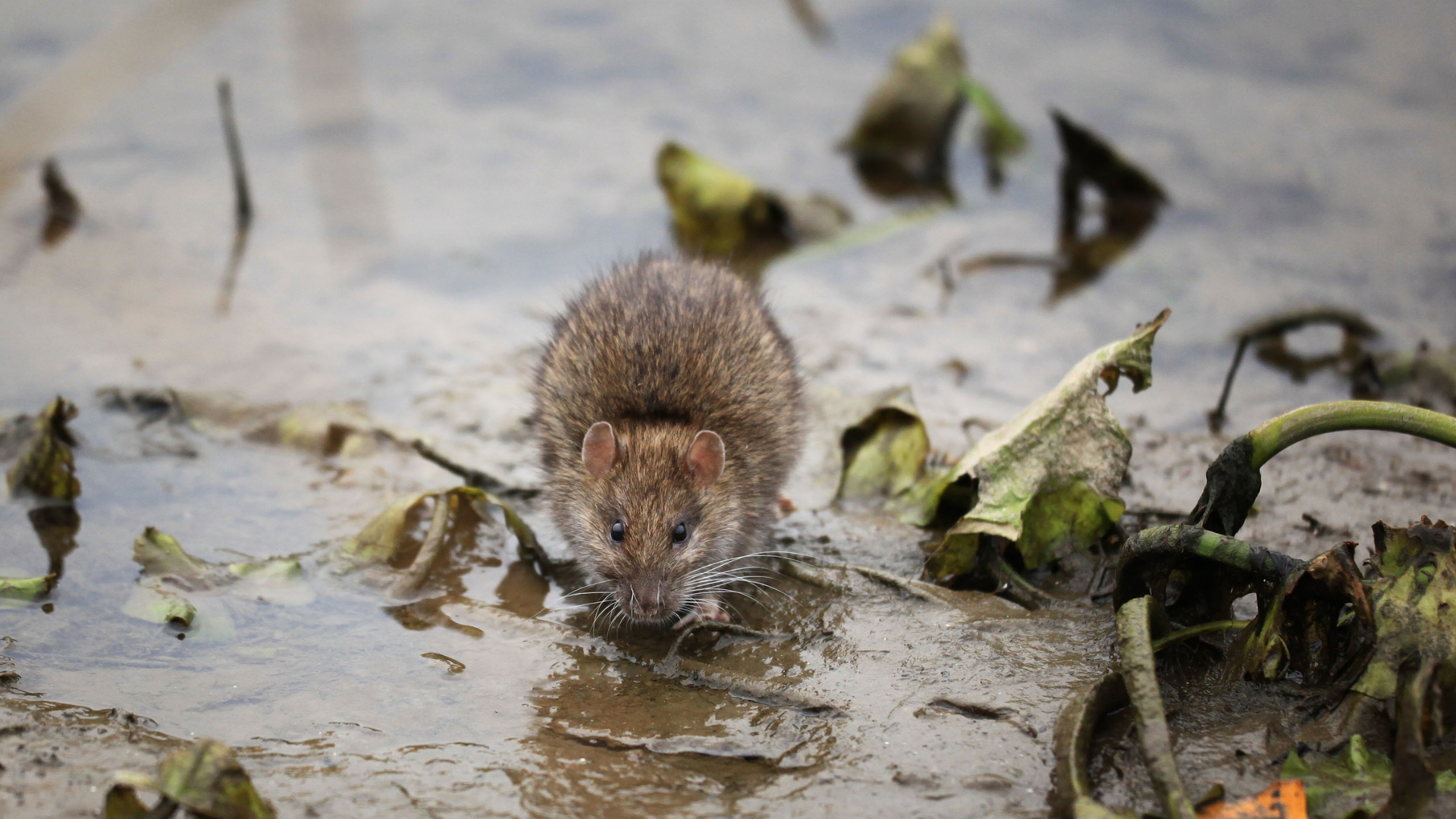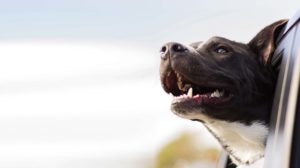What is Rodenticide toxicity?
Anticoagulant rat bait is widely used to reduce rodent populations. These products are designed to be appealing for rats, mice, and other rodents to eat, after which time the toxin will stop their blood from clotting. This causes them to essentially bleed to death. Unfortunately, these baits are consumed by non-target animals, including pets and the results can be catastrophic.
Vitamin K is a vital cofactor in making certain clotting factors in the body. Without these clotting factors, the blood can no longer form normal clots that are needed to keep the body functioning properly. The blood can then escape from the vessels, causing bleeding that the body cannot control. Clotting of blood occurs constantly throughout the day and often goes unnoticed, as it is often occurring within the body organs, cavities, and joints due to physical activity, handling, coughing and even eating.
When rodenticide is ingested, the bait acts to inhibit an enzyme called Vitamin K-epoxide reductase. This in turn prevents inactive Vitamin K from recycling back into active Vitamin K, beginning the depletion of clotting factors. Clinical signs of rodenticide toxicity can take 3 to 4 days to develop but if you suspect your pet has eaten rat bait, seek veterinary attention immediately, as it may be possible to avoid toxicity with prompt veterinary care.
Who is affected?
Any age or breed of dog or cat can be affected by rat bait toxicity. However, PetSure data from 2020 revealed that animals less than 3 years old were more commonly treated for rat bait toxicity. This may be due to young animals’ curious nature and willingness to taste test things they shouldn’t.
While cats are affected by the toxin, they are treated less frequently for rat bait toxicity, perhaps because they tend to be more discerning with what they eat.
Due to the current 2021 mouse plague occurring in many parts of Australia, more and more rodenticide baits are being laid down. This has unfortunately resulted in a large spike of affected animals, peaking at 382 claims made in May 2021 alone, compared to 235 in May 2020. This is an increase of almost 21%! (PetSure claims data 2020-2021).
According to PetSure data in the 2020 calendar year, Rodenticide toxicity was most prevalent in the following breeds:
| Breed | Prevalence |
| English Springer Spaniel | 0.78% |
| Australian Silky Terrier | 0.77% |
| Italian Lagotto Romagnolo | 0.56% |
| Australian Terrier | 0.55% |
| Airedale Terrier | 0.54% |
| Hungarian Vizsla | 0.51% |
| Beagle | 0.51% |
| Dalmatian | 0.50% |
| Australian Shepherd | 0.45% |
| Dachshund | 0.44% |
Prevalence = Total number of unique claiming pets / total number of insured pets across 12-month period. Excludes breeds with less than 500 active pet insurance policies.
Signs of Rodenticide Toxicity
If you suspect your pet has consumed rat bait, seek veterinary attention immediately. Early intervention may prevent toxicity from occurring or help reduce the severity of the signs.
As rodenticide causes gradual depletion of clotting factors, abnormal bleeding will generally occur. However, this can manifest in different ways depending on where the bleeding is happening. As bleeding may occur internally, some of the first signs you may see could be simply lethargy, weakness, decreased exercise ability, or bloating/swelling.
Other signs of clotting problems include:
- bruising on the skin (often noted on hairless areas such as the abdomen)
- bruising on the gums, or unusually pale gums
- bleeding from the nose or other orifice
- coughing or changes in breathing
- limping and/or swollen joints
- blood in the urine or stool
Neurological signs, such as changes in behaviour, difficulties walking, or seizures are also possible if a bleed was to occur in the brain or spinal cord.
Sometimes the pet may have green/blue vomit or faeces, due to the colour of the baits used.
Management of Rodenticide Toxicity
Diagnosis and treatment of rodenticide toxicity depends on the duration of time that has passed between ingestion and presentation to the vet. If the toxin eaten within a few hours, the vet is likely to give the pet patient an emetic medication and help them to vomit up as much of the product as possible. Sometimes gastric lavage (washing and draining of the stomach contents) is also performed.
Activated charcoal may be administered to help absorb the toxin. The vet will check the ability of the blood to clot usually straight away, as well as a day or two later to check whether the pets’ blood is clotting normally. Vitamin K therapy may also be started straight away depending on the vet’s recommendations.
In pets presented with symptoms of rat bait toxicity, treatment is much more aggressive. Hospitalisation, blood or plasma transfusions and intravenous fluids may be recommended. Vitamin K needs to be administered in these pets urgently, to help restore the blood’s ability to clot. This therapy can continue for several weeks, along with regular checks by the vet of the blood’s ability to clot. Depending on where the bleeding is occurring in the body, further treatment and procedures may need to be done. For example, if the pet has bleeding into the chest cavity, draining this fluid may be required to help reduce pressure on the pet’s lungs.
Like many conditions, prevention of rat bait toxicity is much better than cure, so ensure pets cannot access baits, or dead and dying rodents if you are using bait around your property. Check also with neighbours to ensure that pets can’t access baits on other properties. If you do suspect your pet has had access to rat bait, don’t delay in seeking veterinary treatment.
How much does it cost to treat?
According to PetSure claims data from 2020 (calendar year), the average, single treatment cost relating to rodenticide toxicity is $339 with the highest, single treatment cost being $11,641.
Is Rodenticide Toxicity covered by pet insurance?
Rodenticide toxicity is generally covered by Comprehensive Accidental Injury and Illness pet insurance policies administered by PetSure (check our brand partners at petsure.gholab.com.au/partners), unless related to a pre-existing condition or exclusion. Refer to your policy documents including Certificate of Insurance and Product Disclosure Statement for more information on whether this condition is covered under your policy.
REFERENCES
MSD Veterinary Manual, Anticoagulant Rodenticides (Warfarin and Congeners), 2014, accessed 07/09/2021
Richardson, JA & Lloyd, WE 2009, Guide to common poison emergencies: Rodenticides, revised 12 January 2021, Veterinary Information Network, viewed 26 August 2021.
Pet insurance can help by covering a portion of the eligible vet bill if the unexpected happens. Because it is difficult to predict the costs of veterinary care, it can help to have measures in place to help prepare for the unexpected. Check out our partner network and explore our policy tools to find a pet insurance policy.
Not all conditions or items are covered by Pet Insurance. Refer to the applicable Product Disclosure Statement for information about coverage and exclusions.








